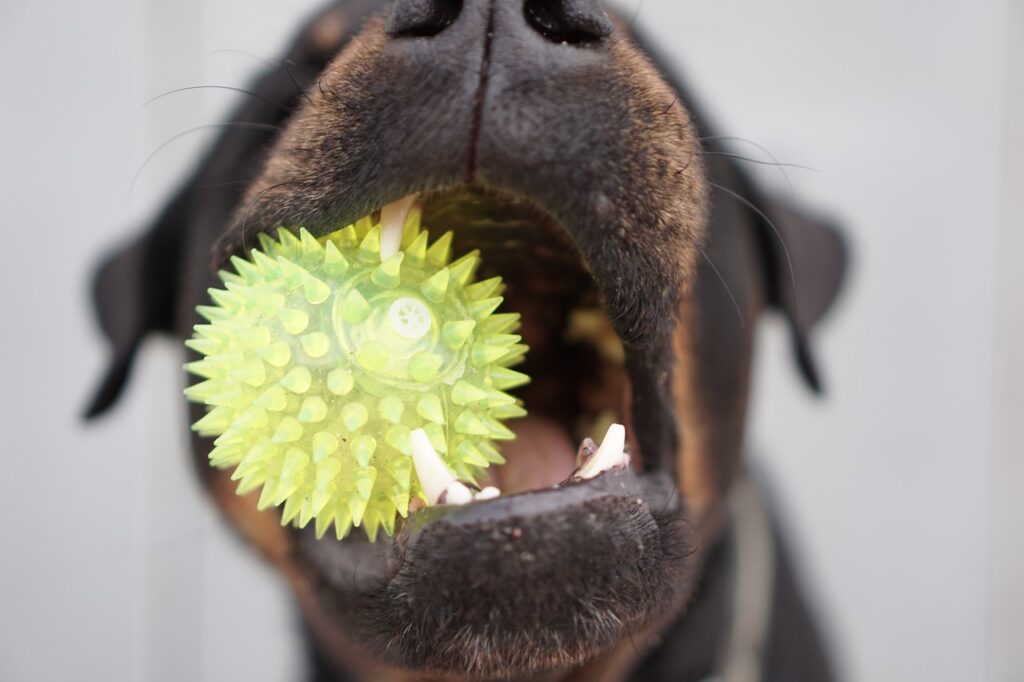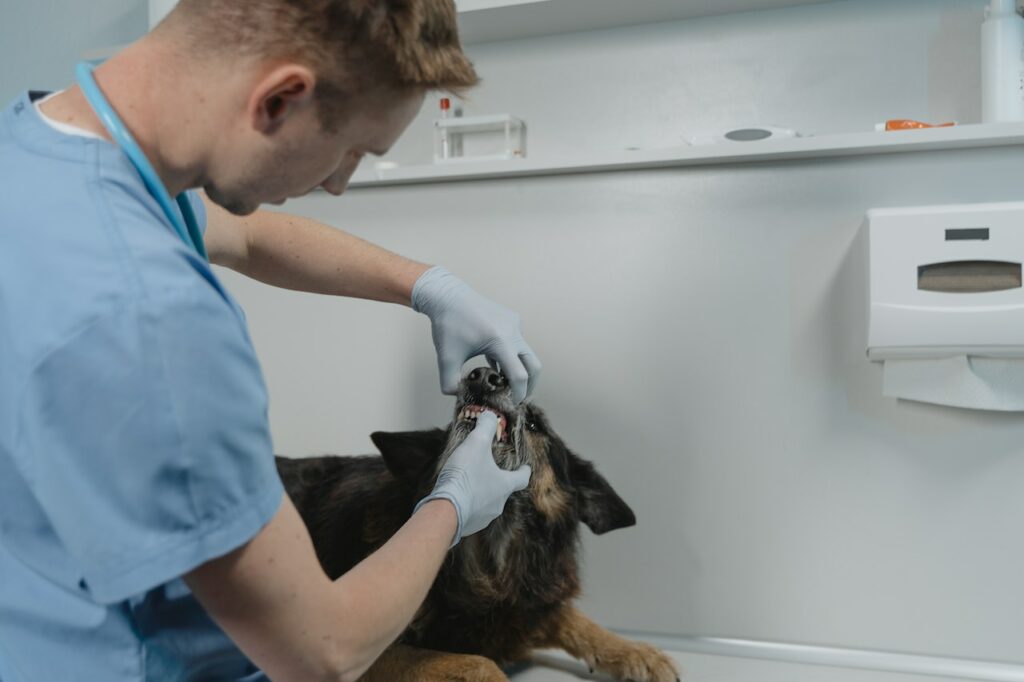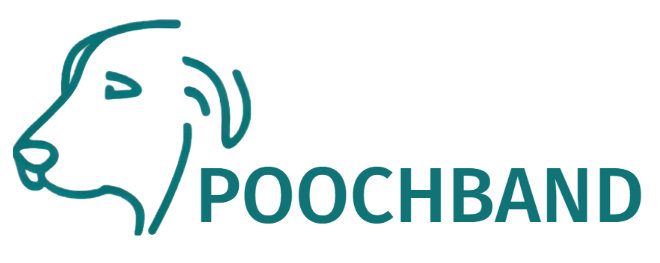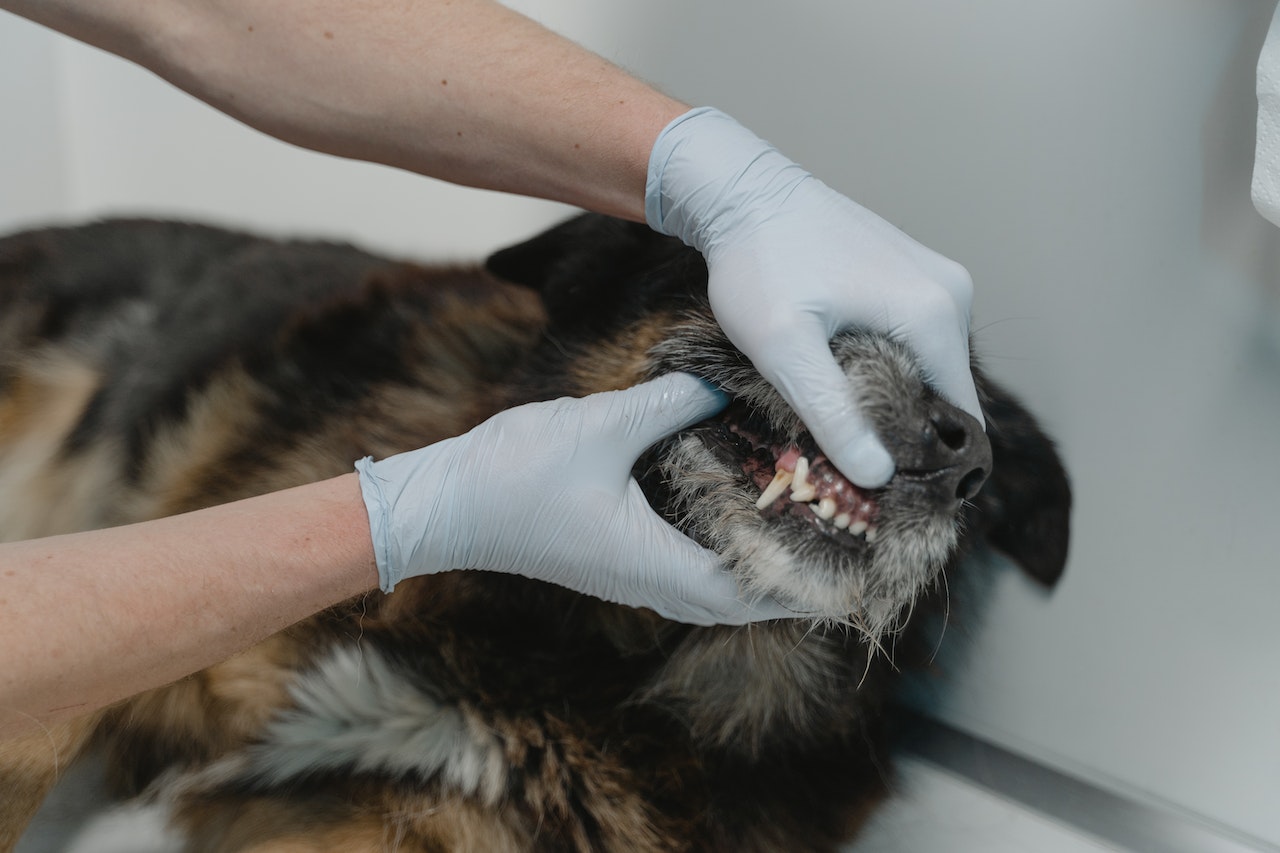Healthy and clean teeth are just as important for dogs as for people. Once your dog’s oral hygiene is poor, it might develop into serious fatal conditions like liver, kidney, and heart muscle damage. Study shows that 80% of dogs have signs of canine periodontal disease.
You can make oral care a regular grooming routine for your dog. The major techniques to clean a dog’s mouth include brushing using a dog toothbrush and toothpaste, offering dental treats and mouthwash for disinfection, or wiping your dog’s mouth manually. You can also take your dog for occasional professional teeth cleaning.
How to Clean a Dog’s Mouth
The mouth is one area that many dog owners overlook. It goes beyond just removing the bad smell and preventing future dental problems. Getting and sticking to a dental cleaning routine will guarantee a long-term healthy mouth for your dog.
Do not let dental problems compound greater risk for your dog if not taken care of. Read on to find a better way to clean a dog’s mouth.
Dog Dental Care Tips to Clean a Dog’s Mouth
Use Canine Toothpaste to Brush Your Dog’s Teeth
Brushing a dog’s teeth is not an easy task. Most dogs don’t enjoy that activity at all. However, with canine toothpaste, some dogs may play along since the paste has a flavor that suits a dog’s taste buds.
The paste is available in chicken, beef, and peanut butter flavor. You can choose the best flavor to impress your dog, being cautious of its food allergy. If your dog is food motivated, it will take some couple of minutes sitting still as you brush its teeth.
Never think of using toothpaste meant for people. Neither should you supplement it with baking soda or salt. Both these pastes are harmful to dogs.
There are specific dog brushes meant for this work. However, if you cannot locate the dog toothbrush kit, you can use a regular toothbrush for large dogs. For puppies, a fingertip brush and a baby toothbrush will do.
The most effective way to get rid of plaque is by brushing your dog’s teeth regularly, at least once weekly. Remember, it only takes 24-48 hours before plaque turns to tartar.
How to Brush Your Dog’s Teeth
Begin by kneeling or sitting beside your dog’s head to avoid restraining your pet. Make your dog as comfortable as it can be. This way, it won’t feel afraid and associate tooth-brushing with you holding him down.
If this is your first time brushing your dog’s teeth, start by gently rubbing your index finger along their teeth and gum line. This will make your dog get used to you touching its teeth. However, you will meet some resistance from your dog’s end. Try warming them up slowly with several brushing sessions but with only your finger touching its mouth and teeth before attempting to use a dog toothbrush.
Once your dog is comfortable with you touching its mouth, introduce to it the dog’s toothpaste as per your preferred flavor. If they don’t like the flavor, keep trying different flavors for your dog to taste until you get the one they enjoy.
With everything set, place the toothbrush gently on the gum line and hold it at an angle of 45 degrees. Holding the toothbrush at an angle to completely clear the plaque away is advisable. Next, gently move the brush in circular motions across every tooth on the bottom and top of the jaw.
Be very gentle throughout the brushing process as you praise your dog for reassurance. After the brushing, you can end with a treat as a peacemaker. Repeat this at least once per week.
Unfortunately, this process may cause some bleeding in your dog’s gum. Keep monitoring your dog’s status to ensure the bleeding is not severe. Severe bleeding is a red flag that will require immediate attention from the vet since it could be a sign of periodontitis.
Try Using Tooth Wipes
If your dog rejects the brushing method, you can alternatively use tooth wipes. The wipes are pre-moistened, and you can use one daily to wipe the teeth’ surface.
Offer Your Dog Dental Chews
Dental treats are available in plenty in all pet stores. Offering your dog daily dental treatment is a wise way to maintain oral health.
Statistics show that giving your dog dental treats reduces over 70% of plaque. Most dental treats have a large diameter of polyphosphate coating that reduces plaque. However, you should limit the number of dental treat intake to keep your dog’s weight in check.
Chew Toys, Bones, and Diets for Dental Cleaning

Another fun way to uphold your dog’s oral hygiene is by giving it bones and chew toys. They will not only get something to gnaw on as they build on the teeth’ strength but also get rid of plaque.
However, the major disadvantage with this option is that you will only get to clean the surface but not deep under the gum line. Plaque left under the gum line can start wreaking havoc if left for a long time. Therefore, you should complement this method with tooth brushing or professional cleaning to achieve a 100% healthy mouth.
Veterinary Cleaning

As much as you keep practicing all other dental cleaning methods, professional dental cleaning should not be left out. At least once per year is more than enough. Vets are well trained in dental hygiene and will remove every tartar and plaque in your dog’s mouth.
Vets also check other dental issues and ensure your dog is in its best condition. You can also seek more guidance on the best method to use for cleaning your dog’s teeth.
What Does A Clean Dog’s Mouth Look Like?
A healthy dog should have pink or mottled gums. It would help if you watched out for red, pale pink, white, blue, purple, oozing, or swollen gums.
Also, be cautious of any foul breath from your dog’s mouth. If the smell is pungent, it signifies an oral health problem.
Wrap Up
Despite dogs having a natural way of keeping their mouth clean, sometimes a little help is required if the mouth is smelly or has a harmful substance. First, find a routine you will own for regularly cleaning your dog’s teeth.
Also, look for any dental disease that may develop over time. Visit the vet often for advice and a check-up. On top of other cleaning methods that you will carry out daily, every year, it is good to get your dog’s teeth cleaned by a professional.

